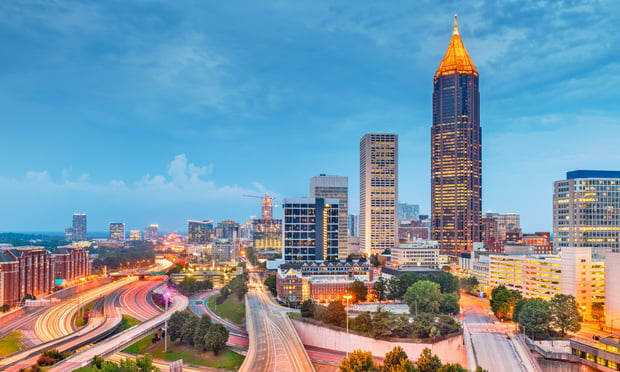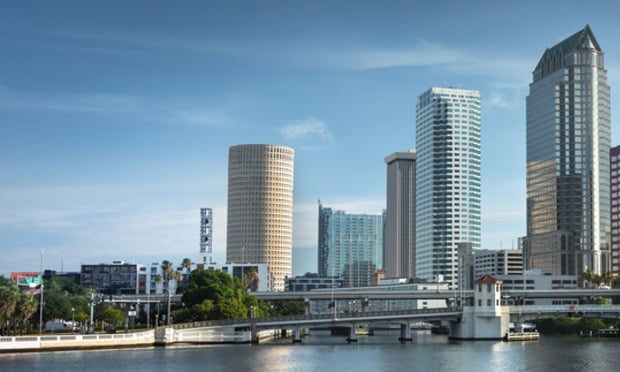ATLANTA—In a move to combat urban sprawl, transit-orienteddevelopments are vital. Ultimately, LauraHannusch, a partner at Pillsbury Winthrop ShawPittman, says several factors are driving this trend,including increased population around large cities, expansion ofmass transit infrastructure and Millennials and empty nesterswanting to live close to a city center (read: downtown) or a towncenter (read: a mixed-use, walkable community outside the urbancore). (Did you read about the 'New Yorkization' of this urban core?)
“Millennials and empty nesters want to take advantage of shortor no commute times, being in close proximity to work,entertainment and restaurant options and just generally being in avibrant environment with a sense of place,” Hannusch tellsGlobeSt.com. “It makes sense that mixed-use, transit-orienteddevelopments would nurture these types of environments, becausethey provide the critical mass of people necessary to support theamenities, while providing easy access to transportation. Butthey can be successful in other places as well, like the CityCenterproject in Houston. Also, as populations in and around largecities increase, traffic becomes more of an issue and living closeto your workplace saves time and money.”
Continue Reading for Free
Register and gain access to:
- Breaking commercial real estate news and analysis, on-site and via our newsletters and custom alerts
- Educational webcasts, white papers, and ebooks from industry thought leaders
- Critical coverage of the property casualty insurance and financial advisory markets on our other ALM sites, PropertyCasualty360 and ThinkAdvisor
*May exclude premium content
Already have an account?
Sign In Now
© 2024 ALM Global, LLC, All Rights Reserved. Request academic re-use from www.copyright.com. All other uses, submit a request to [email protected]. For more information visit Asset & Logo Licensing.









